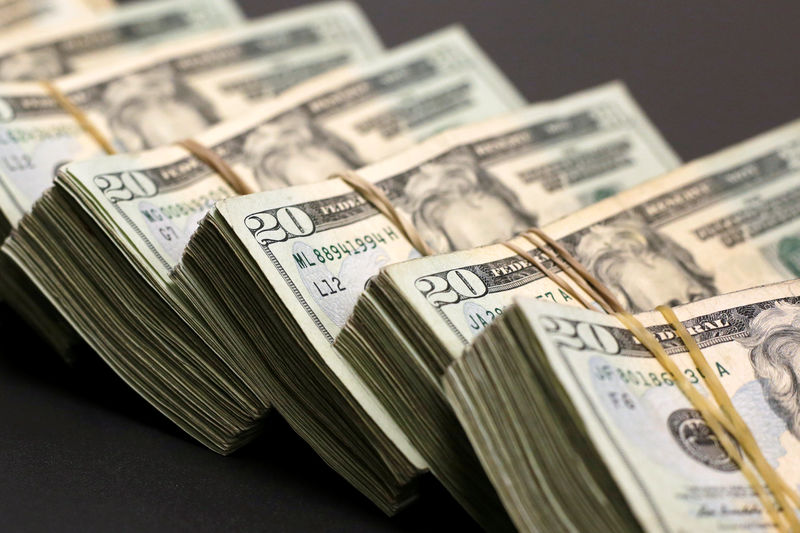SAP sued by o9 Solutions over alleged trade secret theft
Investing.com-- Most Asian currencies firmed slightly on Tuesday amid increasing confidence that the U.S. Federal Reserve will cut interest rates in December, while the dollar steadied in anticipation of several key economic readings.
Regional currencies recovered a measure of recent losses as markets reversed course and began aggressively pricing in a December cut. But this notion had a limited impact on the dollar, especially as concerns over fiscal health in the developed world kept traders pinned to the greenback.
The Chinese yuan gained some ground, while the Japanese yen remained pinned near its weakest levels in over 10 months. A diplomatic row between the two countries weighed on sentiment in Asian markets.
Dollar steady ahead of econ data deluge
The dollar index and dollar index futures rose slightly in Asian trade, remaining above 100 points even as traders priced in a December rate cut. This came after several Fed officials spoke in favor of easing in December.
The Wall Street Journal’s Nick Timiraos said Fed Chair Jerome Powell likely had enough support to cut rates in December, but that the central bank was growing increasingly split over further easing.
Traders sharply ramped up their bets on a December cut in recent sessions, reversing course from last week. Markets are pricing in a 79.7% chance the Fed will cut rates by 25 basis points during its December 9-10 meeting, up sharply from a 40.8% chance seen last week, CME Fedwatch showed.
Traders favored the dollar in anticipation of key U.S. economic readings for September, which are due in the coming days. Prints on producer price index inflation and retail sales are due on Tuesday, while PCE price index data– the Fed’s preferred inflation gauge– is due on Wednesday.
The data will be the most recent economic readings the Fed has before heading into the December meeting. Government officials signaled that inflation and labor data for October will likely never be released due to a prolonged government shutdown.
Chinese yuan firms slightly, yen remains near intervention levels
The Chinese yuan firmed slightly on Tuesday, with the USD/CNY pair falling 0.1% on the prospect of improving U.S.-China relations. U.S. President Donald Trump said he will visit Beijing in April.
The Japanese yen’s USD/JPY pair steadied above 156 yen, remaining squarely in territory that has drawn government intervention in the past.
Japanese government officials offered vocal warnings against further yen weakness. But the government was not seen intervening in currency markets so far.
“We believe the risk on leaning against the wind is real if we do see another sharp weakening in the JPY towards the 158-160 zone. But for USDJPY to reverse trend and trade lower meaningfully would require policymakers to demonstrate fiscal discipline to restore credibility while the BOJ also need to resume policy normalisation,” OCBC analysts wrote in a note.
Tensions between Japan and China also remained elevated, after Beijing strongly objected to comments from Tokyo on military intervention in Taiwan.
Broader Asian currencies kept to a tight range. The Australian dollar’s AUD/USD pair fell 0.1%, while the Indian rupee’s USD/INR remained well above 89 rupees.
The South Korean won’s USD/KRW pair was flat, as was the Singapore dollar’s USD/SGD pair.
